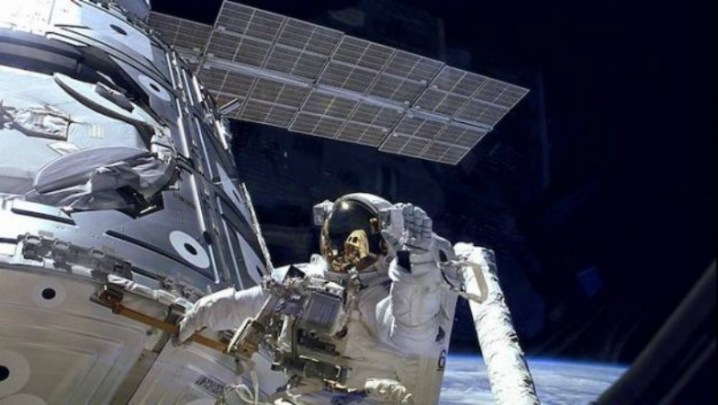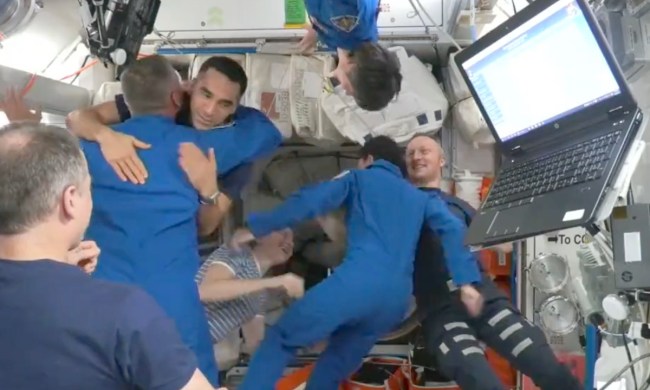
NASA is striking up deals with other countries in the name of sending more humans into space. The American space agency has recently signed a deal with the United Arab Emirates (UAE) in order to advance human space travel. In a recent tweet, NASA Administrator Jim Bridenstine announced the signing of a joint letter of intent “for cooperation in human space flight.” The cosigner was the Director General of the UAE Space Agency, Dr. Mohammed Al Ahbabi. Bridenstine added, “I look forward to working with @DrAlahbabi to further humanity’s exploration of space.”
This morning I met with the Director General of the @UAESpaceAgency, HE Dr. Mohammed Al Ahbabi. We signed a joint letter of intent for cooperation in human space flight. I look forward to working with @DrAlahbabi to further humanity’s exploration of space. pic.twitter.com/LJfBoilO6q
— Jim Bridenstine (@JimBridenstine) July 18, 2018
It’s not yet entirely clear what the joint letter actually entails in terms of cooperation between the two space agencies, though it seems likely that astronauts from the Middle Eastern nation will be able to board American space missions. As it stands, the UAE is selecting its first crew of astronauts, and has already whittled down the field of candidates to nine individuals who are currently undergoing training. This group will ultimately be narrowed down again, as only four astronauts will make the final cut to go into space.
The first astronaut from the UAE is currently slated to make his or her way to the International Space Station by April 2019, and in that flight, the country will be partnering with Russia’s space agency, Roscosmos.
This is not the first time that NASA and the UAE have struck up a deal with regard to the cosmos and space travel. Two years ago in June 2016, the two parties agreed to an outer space and aeronautics research partnership. But in this latest joint letter, both NASA and the UAE are focused on sending humans into space, in addition to other lofty goals.
Of course, if the UAE is depending upon NASA to get its astronauts beyond Earth’s atmosphere, they may have to wait a while longer. NASA’s contracts for these services with both SpaceX and Boeing are taking a bit longer than anticipated, which means that even American astronauts are being delayed in terms of liftoff. That said, we will have to see if an accelerated timeline manages to result in flights for scientists from both the U.S. and the UAE.


